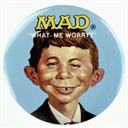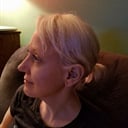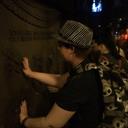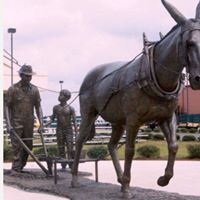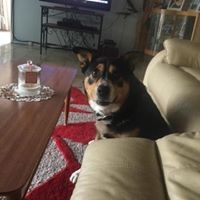The main job of platelets in the blood is to form what?
Platelets, also called thrombocytes are a component of blood whose function (along with the coagulation factors) is to react to bleeding from blood vessel injury by clumping, thereby initiating a blood clot. Platelets have no cell nucleus: they are fragments of cytoplasm that are derived from the megakaryocytes of the bone marrow, and then enter the circulation. Circulating unactivated platelets are biconvex discoid (lens-shaped) structures. Platelets are found only in mammals, whereas in other animals (e.g. birds, amphibians) thrombocytes circulate as intact mononuclear cells.
The main function of platelets is to contribute to hemostasis: the process of stopping bleeding at the site of interrupted endothelium. They gather at the site and unless the interruption is physically too large, they plug the hole. First, platelets attach to substances outside the interrupted endothelium: 'adhesion'. Second, they change shape, turn on receptors and secrete chemical messengers: 'activation'. Third, they connect to each other through receptor bridges: 'aggregation'.
More Info:
en.wikipedia.org
